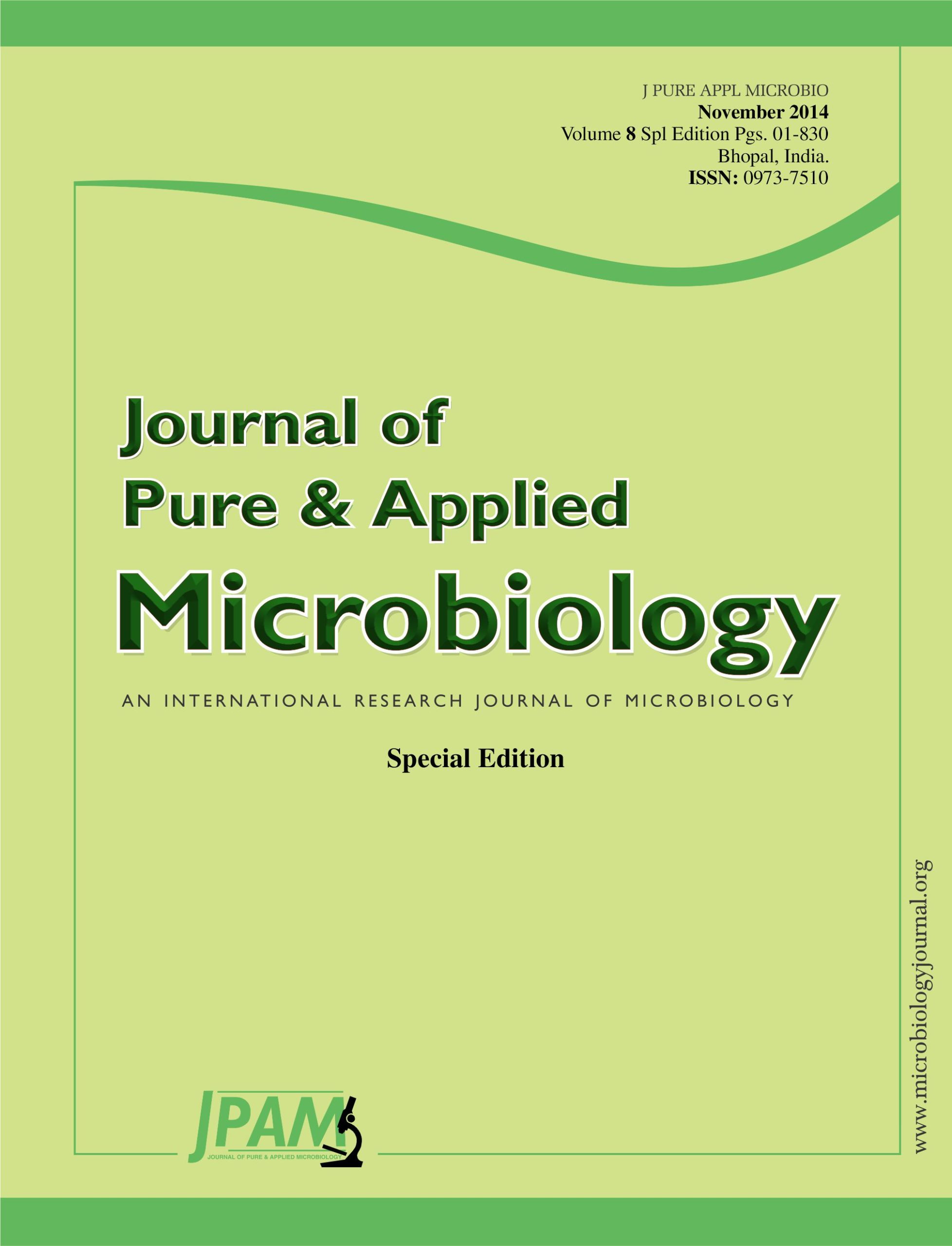The ability of 12 bacterial strains to increase the level of conjugated linoleic acid (CLA) in cow and camel milk was evaluated. Sunflower oil was added to both milk types at different concentrations to obtain a final concentration of 300, 600, 900, 1200 and 1500 µg linoleic acid (LA) /ml. Bifidobacterium angulatum DSM 20098 formed the highest level of CLA in both milk types followed by Bifidobacterium longum subsp. infantis DSM 20088, and Lactobacillus delbrueckii subsp. bulgaricus DSM 20080, respectively. Moreover, Propionibacterium freudenreichii subsp. freudenreichii DSM 20271 and Propionibacterium jensenii DSM 20278 produced the highest levels of CLA in cow milk. The CLA levels produced by these strains in cow milk were 13.06 and 10.14 mg /g fat when LA was 300 µg /ml, while it was 11.03 and 5.75 mg /g fat in camel milk when LA was 1200 µg /ml, respectively.
Starter cultures, Conjugated linoleic acid, Camel milk
© The Author(s) 2014. Open Access. This article is distributed under the terms of the Creative Commons Attribution 4.0 International License which permits unrestricted use, sharing, distribution, and reproduction in any medium, provided you give appropriate credit to the original author(s) and the source, provide a link to the Creative Commons license, and indicate if changes were made.


